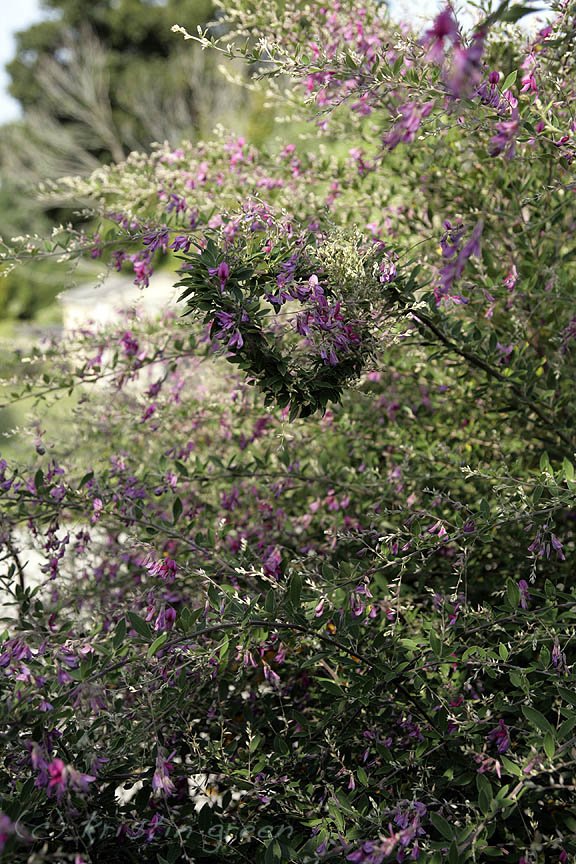We can always count on Mother Nature to give us gardeners something safe(r) to talk about when the news is bleak and full of polarizing politics. Temperatures in the 50s and low 60s for the last couple of weeks have made the weather a hot enough topic to justify changing the subject whenever things get uncomfortable. I’ve had the windows wide open on the warmest days. Night temperatures have gone down into the low 30s now and again but it’s the middle of December and we haven’t had a real killing frost yet. And some plants, like trumpet honeysuckle, borage, and daphne are still putting a surprising amount of effort into flowering.
And other plants are jumping the gun. A few weeks ago I noticed rhododendron buds opening. My holly, in full berry, was blooming last week. A local friend recently posted a picture on facebook of a snowdrop in bloom. People have also mentioned seeing cracks in magnolia buds and Lenten rose hellebores in bloom. (Or are they confusing Helleborus orientalis with the Christmas rose, H. niger?) It’s almost impossible not to see all of this as a sign of the apocalypse but it also feels really familiar to me. I freely admit that my memory is terrible but I can barely recall the last time we had a white Christmas. The forsythia always blooms in fall at least a little bit and so do the autumn-blooming cherry trees. I remember the year kniphofia and nicotiana were still spiking in December and the crabapples bloomed.
I know there’s cause for worry. Open magnolia buds will be torched by the cold that’s bound to come along at some point, and any cherry trees blooming prematurely won’t be able to put on much of a show in the spring. But I also am inclined to put worries aside and enjoy the mild weather and all of the weirdness resulting from it. Because if this winter is anything like last winter, the mercury will do a nosedive eventually and then it will be the cold that seems interminable, apocalyptic, and weird. And I’ll probably be glad for the excuse to change the subject.
Have you been talking about the weather? What’s blooming?









